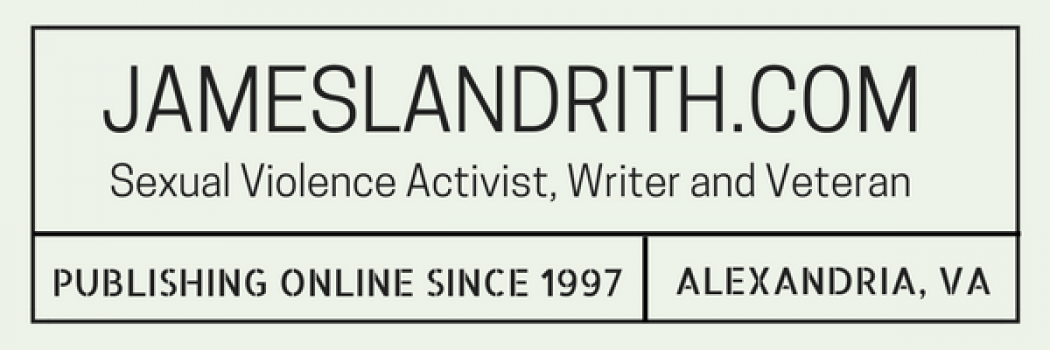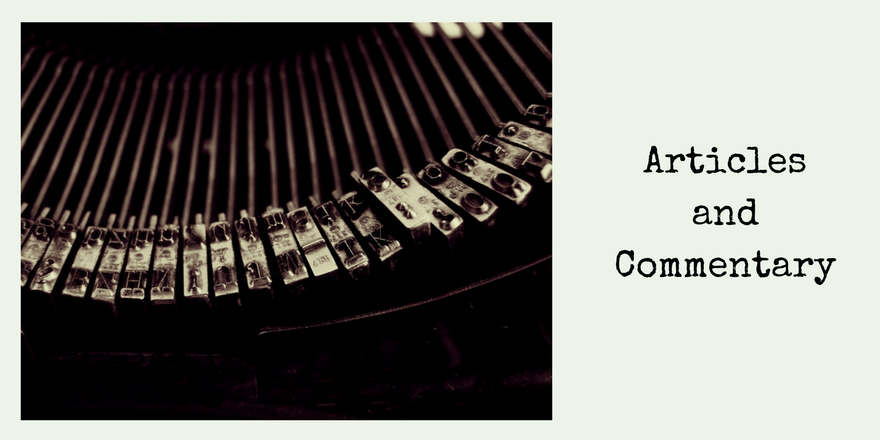Two Views of the Labor Market in Ongoing Recession
June 25, 2009
Robert Higgs
Culpeper Star-Exponent, Crookston Daily Times, Alexandria Daily Town Talk
Ever since the Great Depression, it seems, people have lived in mortal fear of losing their jobs. Politicians have therefore come to evaluate every conceivable economic issue with regard to its effect on jobs, and unemployment statistics often dominate press coverage of the economy. Unfortunately, those statistics are easily manipulated to support partisan agendas.
The press and politicians alike too often succumb to perverse incentives to play upon public fears by manipulating statistics to portray the situation in its darkest hues.
Without doubt, many Americans have lost their jobs as labor-market conditions have deteriorated during the current recession.
The most recent report from the Bureau of Labor Statistics puts the unemployment rate for May 2009 at 9.4 percent, greater than any reported rate since the recession of the early 1980s. Before the current recession, the unemployment rate had fallen to a cyclical low of 4.4 percent. Since it last touched that low point, in March 2007, it has increased by 114 percent. Describing the situation in this way makes the economic bust appear to be very bad.
Some observers have also called attention to a broader concept of “unemployment,” produced by adding part-time workers who say they would prefer to work full-time and “discouraged workers,” who are no longer looking for a job because they believe they can’t find one.
By my calculation, this bulked-up, unofficial measure of unemployment stood at 15.6 percent of the civilian labor force in May 2009.
It is tempting to think of employment and unemployment as mirror images of the same phenomenon, but that idea is misleading. The official unemployment rate, by definition, measures the number of civilians without jobs and actively seeking employment as a percentage of the number of civilians who are either currently employed or actively seeking employment (that is, all those in the civilian labor force).
Therefore, the ebb and flow of the labor force acts as a sort of buffer between official employment and official unemployment.
Careful labor economists routinely monitor all of these variables, including the number of involuntarily part-time workers and the number of discouraged workers.
To some extent, these complications can be circumvented by paying attention not to unemployment rates, but to employment numbers during the ups and downs of the economy’s aggregate fluctuations.
For example, the number of civilians employed reached its most recent peak in November 2007, when 146.67 million persons were reported as employed.
By May 2009, the number of employed persons had fallen by 4.2 percent to 140.57 million.
Depending on how deep you wish to make the recession appear, you may say that the rate of civilian unemployment last month had risen 114 percent from its previous cyclical trough, or you may say that the number of civilians employed last month stood at 95.8 percent of its previous cyclical peak.
That the public, the media, and the politicians tend to focus more on the former sort of statement tells us something about the public’s fears, the media’s desire to gain the attention of readers and viewers by frightening them, and the politicians’ desire to validate a crisis in order to justify expensive “stimulus packages” and other measures of pseudo-salvation.
 Robert Higgs
Robert Higgs
Send email
Robert Higgs is Senior Fellow in Political Economy for The Independent Institute and Editor of the Institute’s quarterly journal The Independent Review. He received his Ph.D. in economics from Johns Hopkins University, and he has taught at the University of Washington, Lafayette College, Seattle University, and the University of Economics, Prague. He has been a visiting scholar at Oxford University and Stanford University, and a fellow for the Hoover Institution and the National Science Foundation. He is the author of many books, including Depression, War, and Cold War.
Full Biography and Recent Publications
| New from Robert Higgs! NEITHER LIBERTY NOR SAFETY: Fear, Ideology, and the Growth of Government Economist and historian Robert Higgs illustrates the false trade-off between freedom and security by showing how the U.S. government’s economic and military interventions have reduced the liberty, prosperity, and genuine security of all Americans. Learn More »» |

